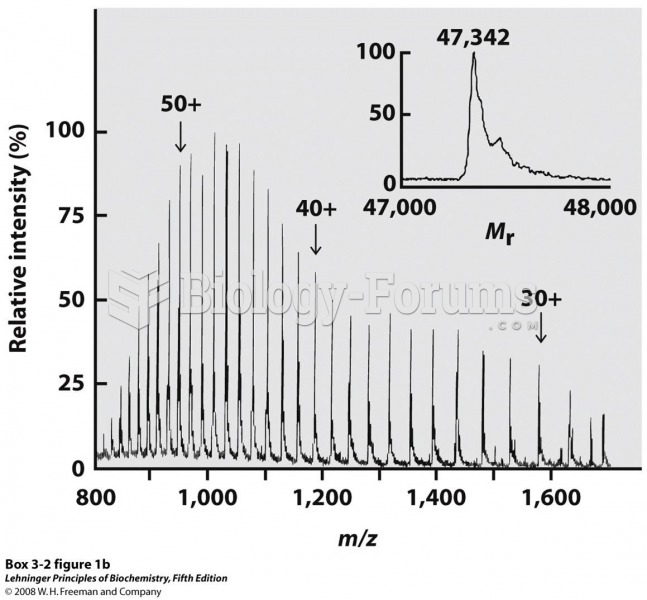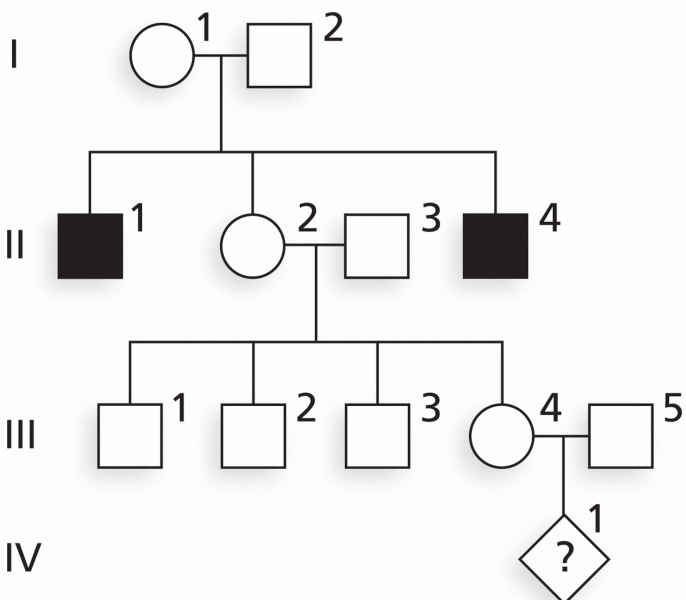Answer to Question 1
Mixed status refers to families in which one or more members are citizens and one or more are noncitizens. This especially becomes problematic when the noncitizens are illegal or undocumented immigrants.
The problem of mixed status emerges on two levels. On the macro level, when policy debates are made about issues that seem clear to many peoplesuch as whether illegal immigrants should be allowed to attend state colleges or whether illegal immigrants should be immediately deportedthe complicating factor of mixed-status families quickly emerges. On the micro level, the daily toll on members of mixed-status households is difficult. Often, the legal resident or even the U.S. citizen in a household finds daily life limited for fear of revealing the undocumented status of a parent or brother or even a son.
About three-quarters of illegal immigrants' children were born in the United States and thus are citizens. This means that perhaps half of all adult illegal immigrants have a citizen in their immediate family. This proportion has grown in recent years. Therefore, some of the issues facing illegal immigrants, whom we discuss later, also affect the citizens in the families because they avoid bringing attention to themselves for fear of revealing the illegal status of their mother or father. Immigration issues aside, one can only begin to imagine the additional pressure this places upon families beyond the usual ones of balancing work and home, school, and children moving through adolescent to adulthood.
Answer to Question 2
a






